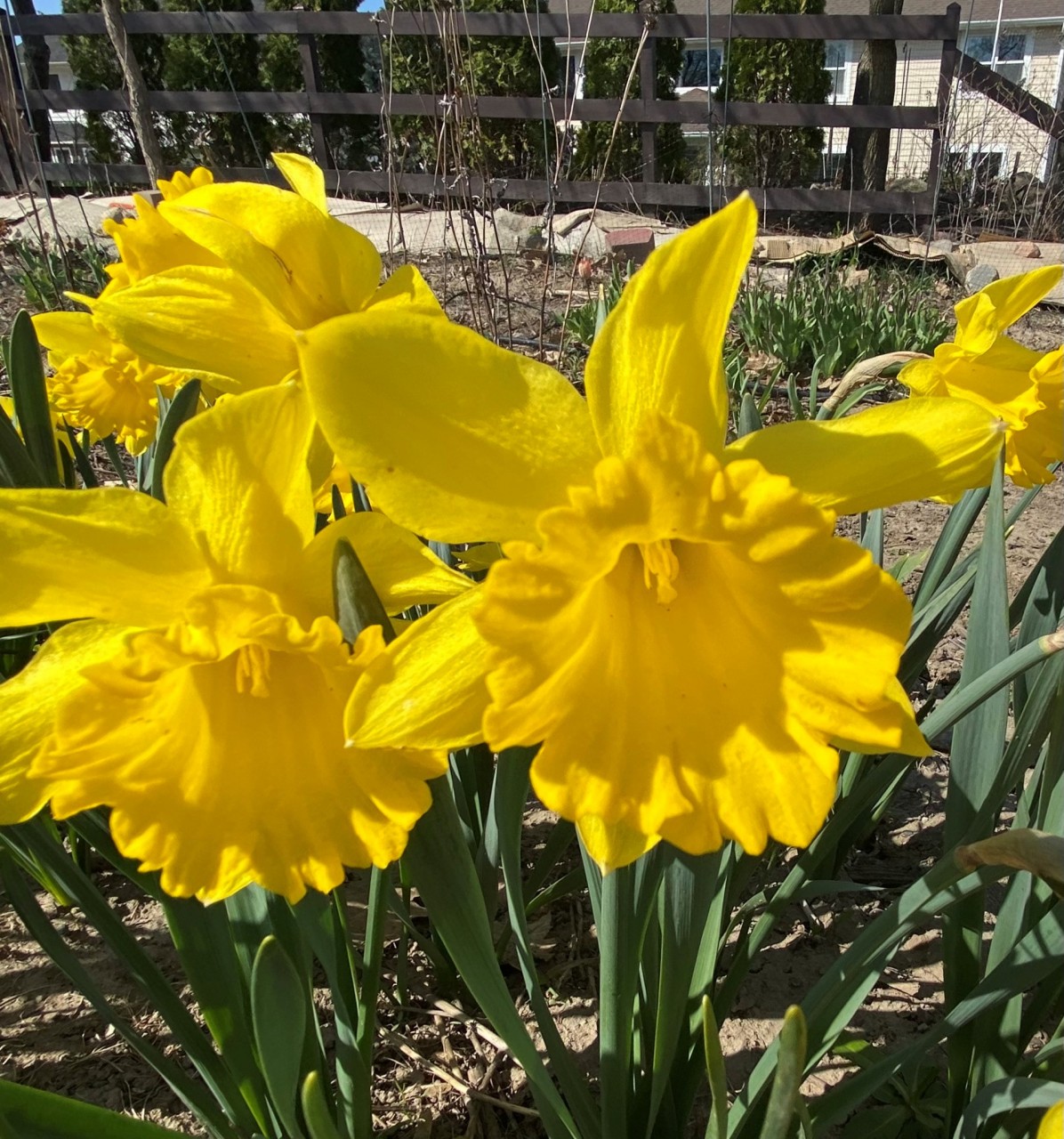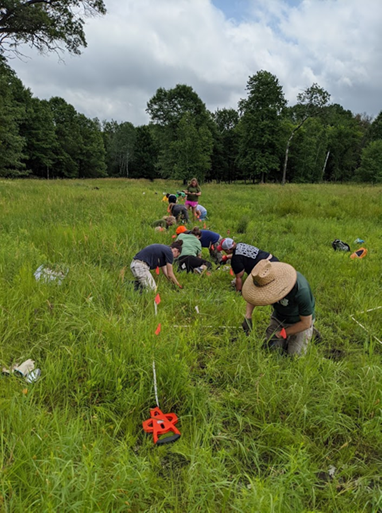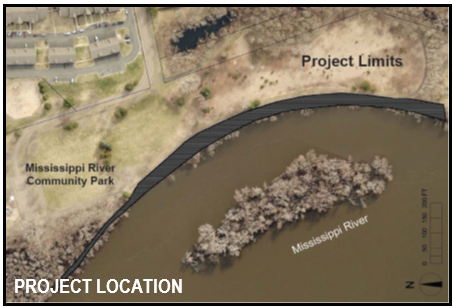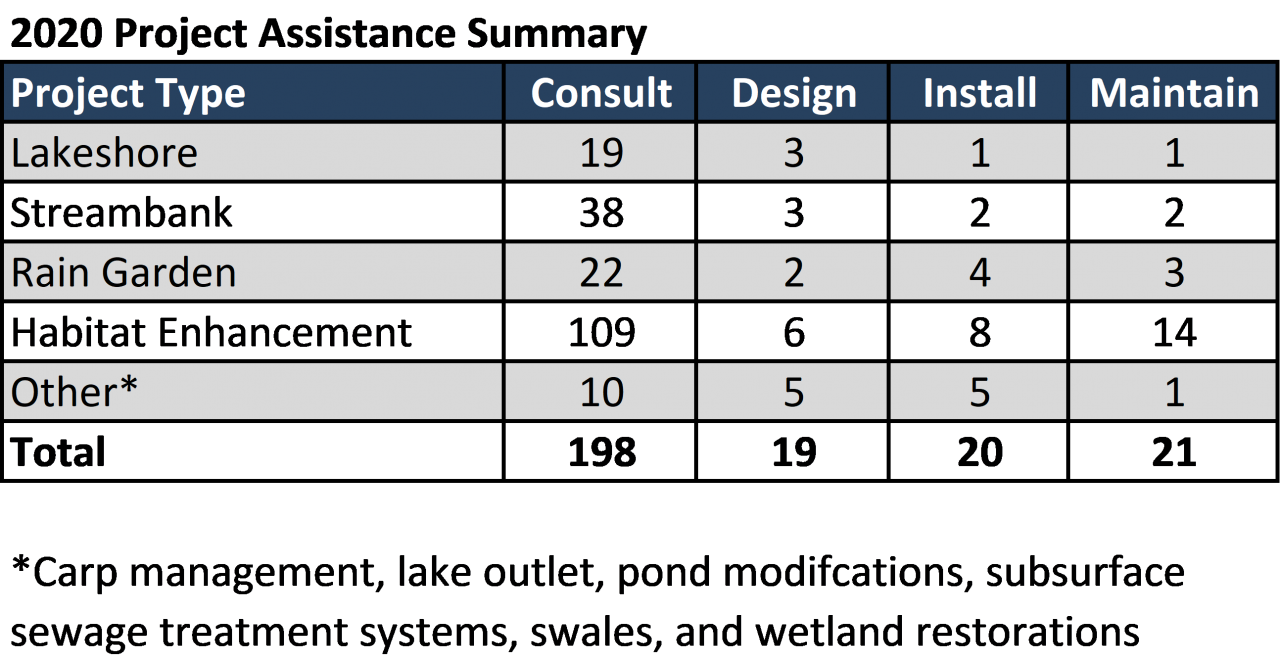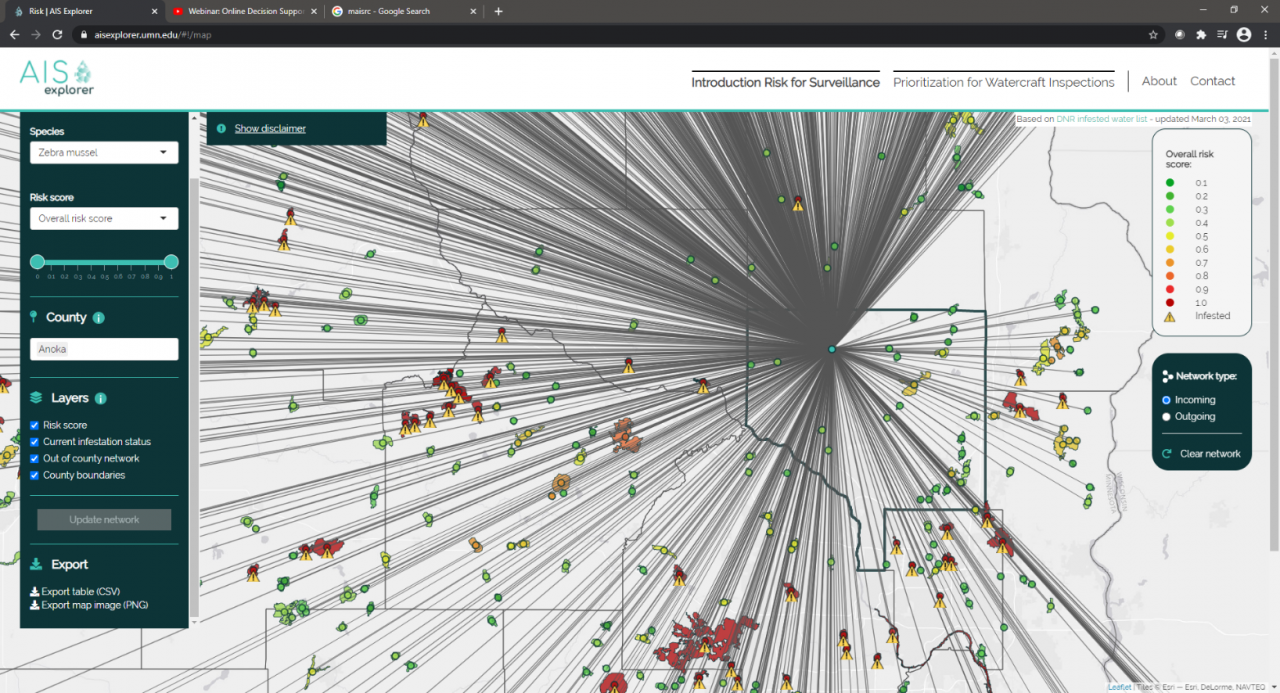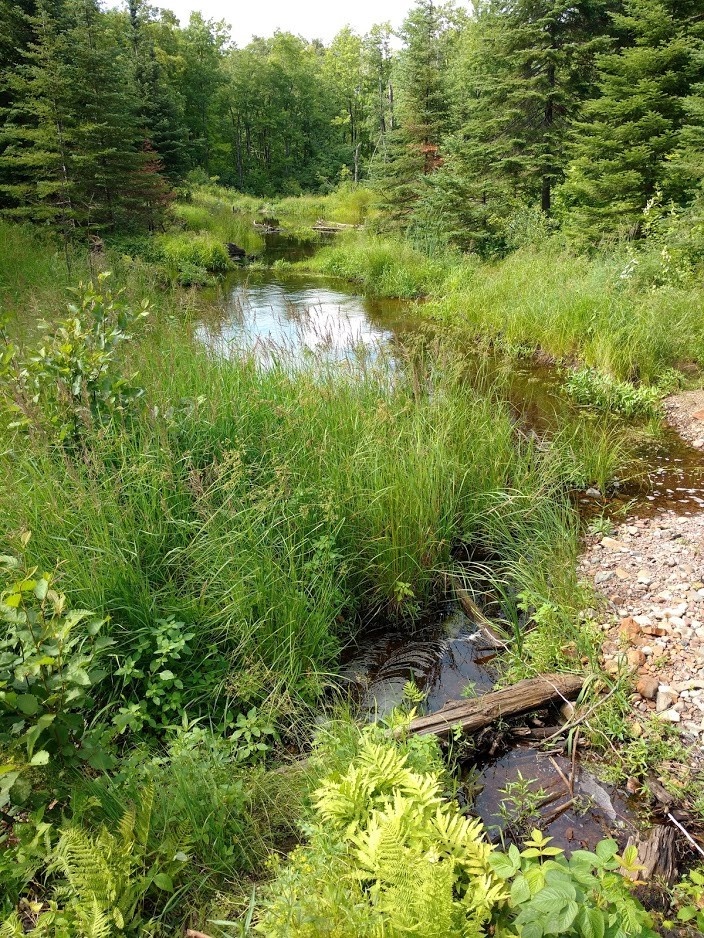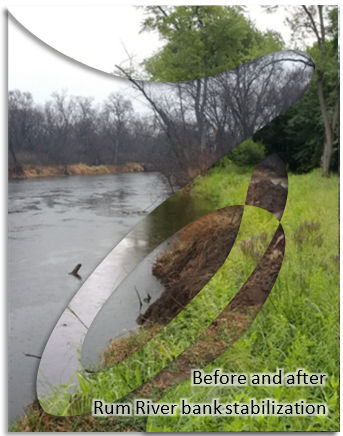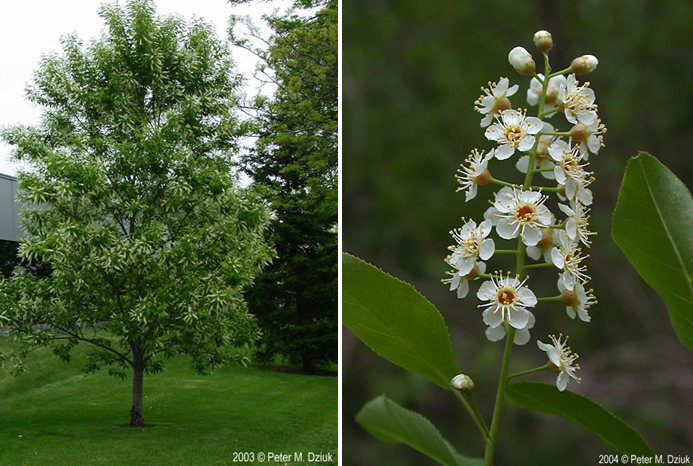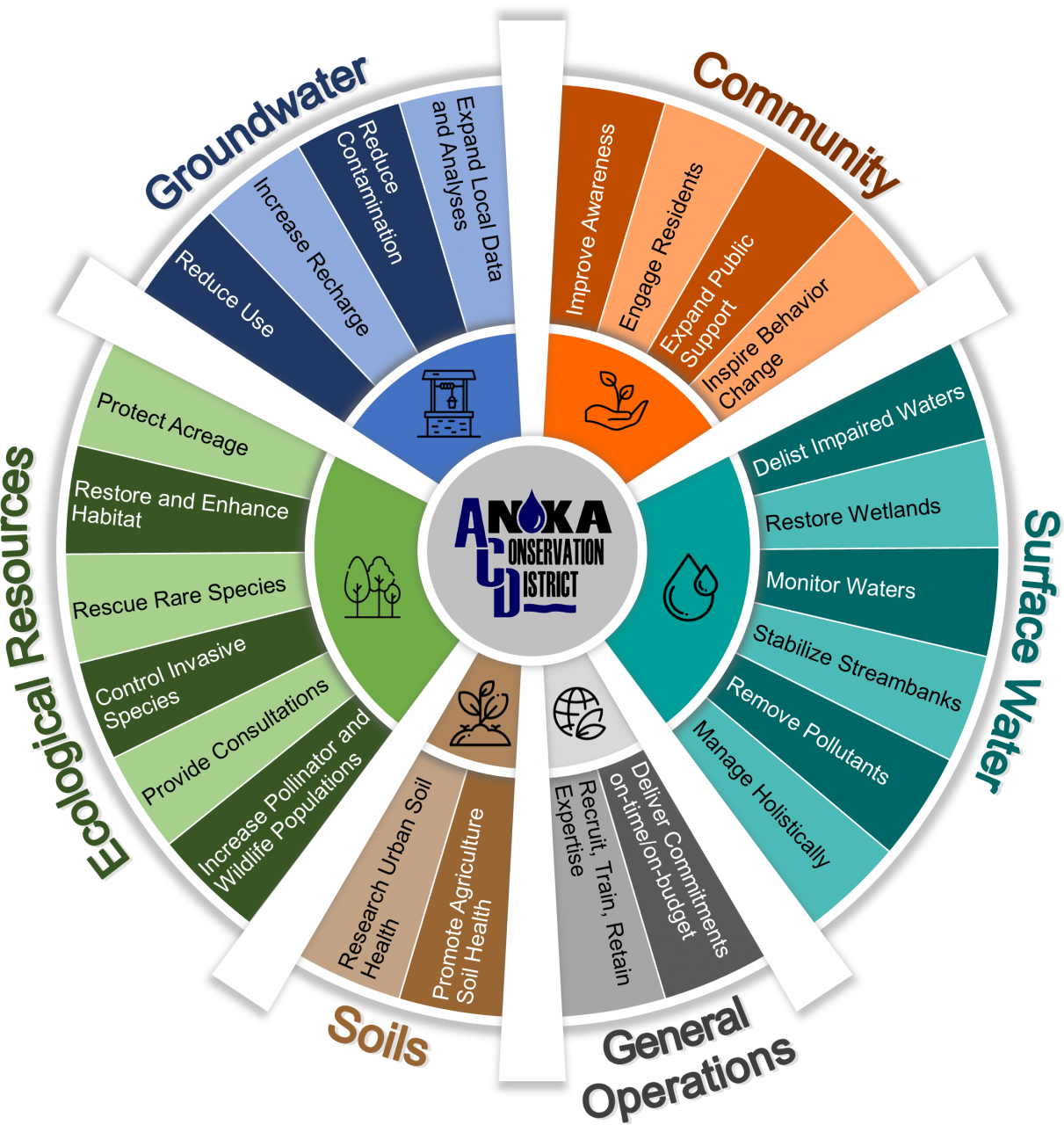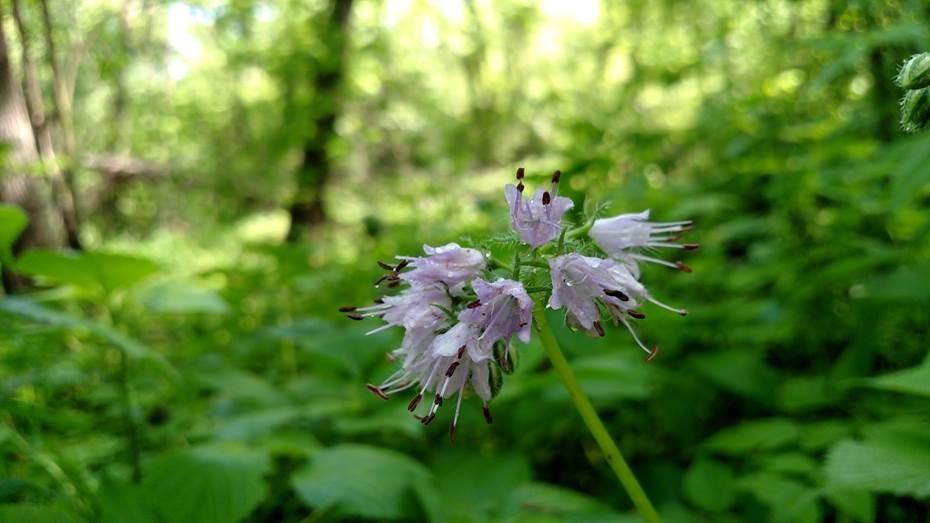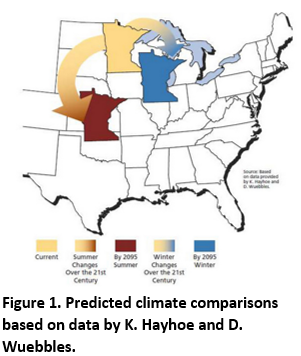Mary Jo Truchon and her family moved to Blaine over 45 years ago from Chicago. At that time, Blaine was on the outskirts of the Twin Cities and seemed to be the edge of civilization. Nature was always close and Mary Jo thrived in it. Moving to Blaine from the city of Chicago felt like moving someplace wild and deeply connected to the natural world. In fact, the Truchon's home was in a remnant prairie and surrounded by oak savannah. Living so close to the natural resources of the county further solidified her passion to protect them for future generations to enjoy.
Mary Jo's love of nature started early in her life. She recalls family trips to the Wabash River as well as to the sandy shores of Lake Michigan where the waters were always warm in the summer. She fell in love with water and instilled these same values in her own children and 15 grandchildren through trips to Lake Superior in Duluth, the Coon Rapids Dam, Lake Mille Lacs, the Rum River, and more. Mary Jo says that Minnesota was a fabulous place to raise her family. Even now that her children are grown, the family still gathers around water with Taylor's Falls being the destination of choice this past Easter as it is a family favorite for picnicking.In addition to raising her family, Mary Jo pursued her interests in government, art, and nature by volunteering with several organizations. She was on the board of the League of Women Voters for many years and also spent 20 years volunteering with a group of environmental educators to conduct free outdoor programs for youth in county parks. The Heritage Lab reached thousands of kids each year with hands on programs about the natural history of Minnesota. This program was then taken over by the Anoka County Parks with funding from Connexus Energy. To this day, Mary Jo is incredibly proud of her role educating youth about the natural resources and history of our area and is excited to see those efforts continued today.
For approximately 20 years, Mary Jo has been an asset to the ACD Board of Supervisors. Today, she serves as the Board Chair helping to guide the work of ACD in Anoka County. In her free time, she enjoys painting and walking on the boardwalks through the Blaine Wetland Sanctuary.
Reach out to Mary Jo or any of the ACD Board Supervisors here: www.anokaswcd.org/about-us/board-of-supervisors

